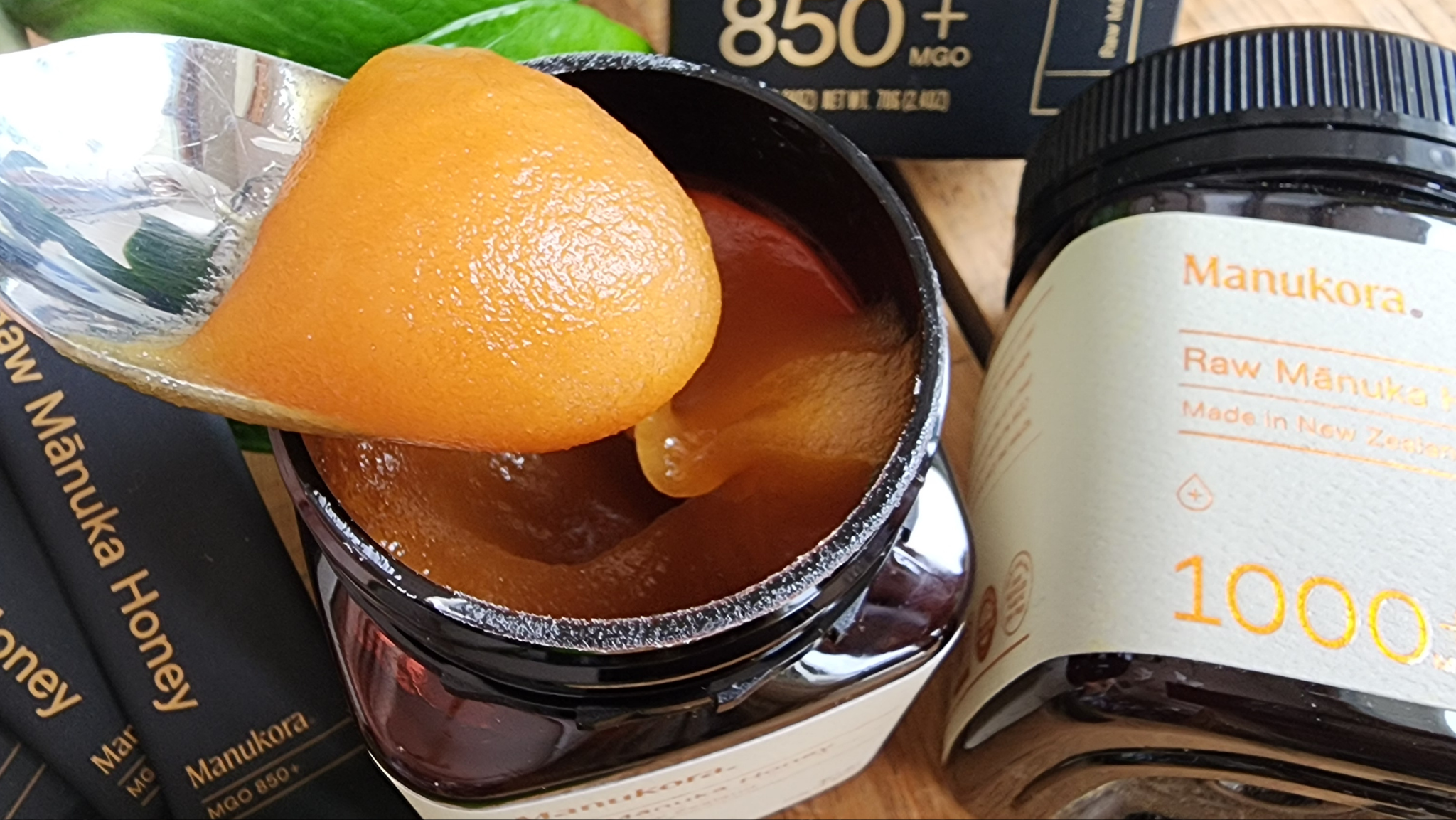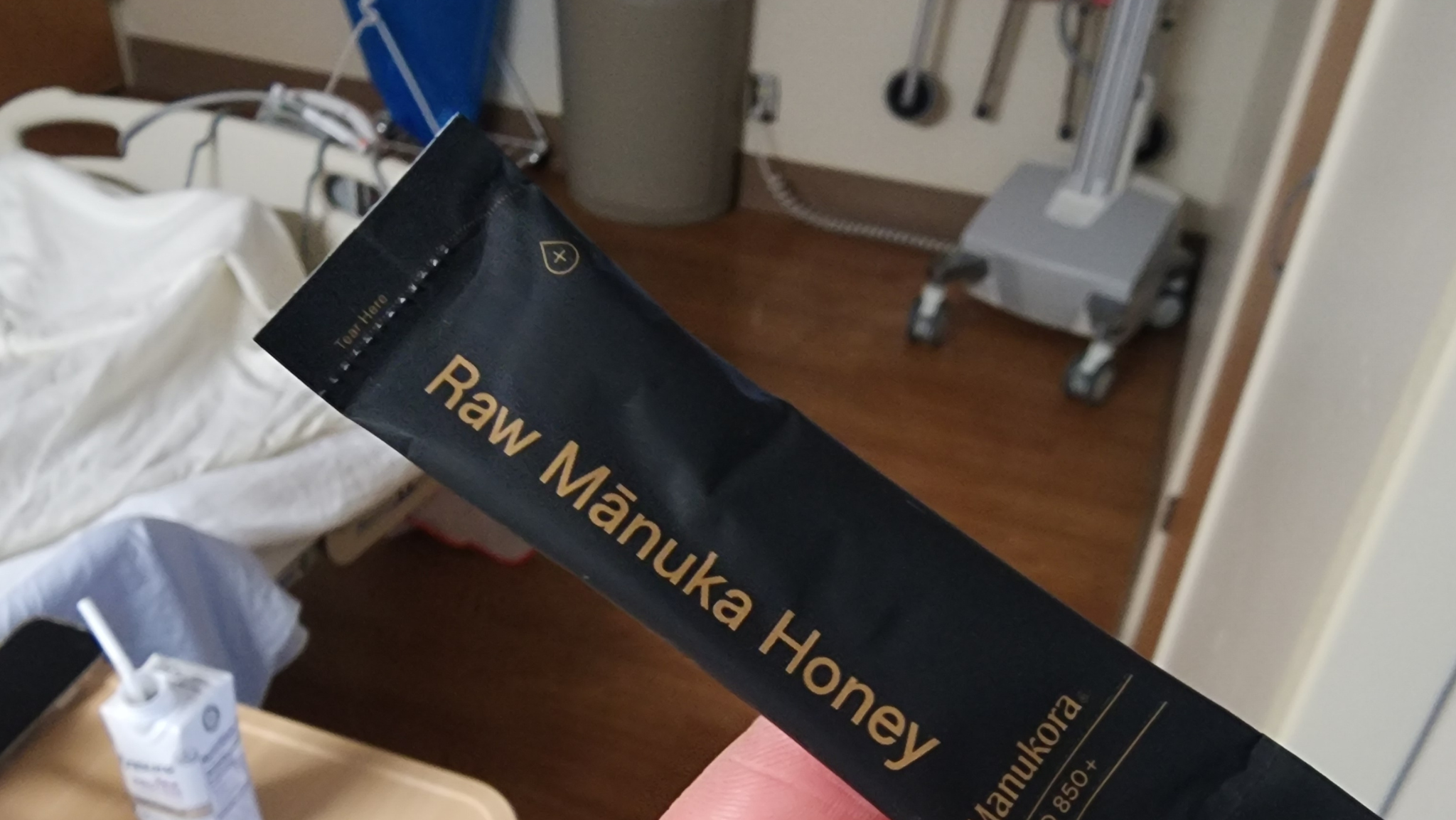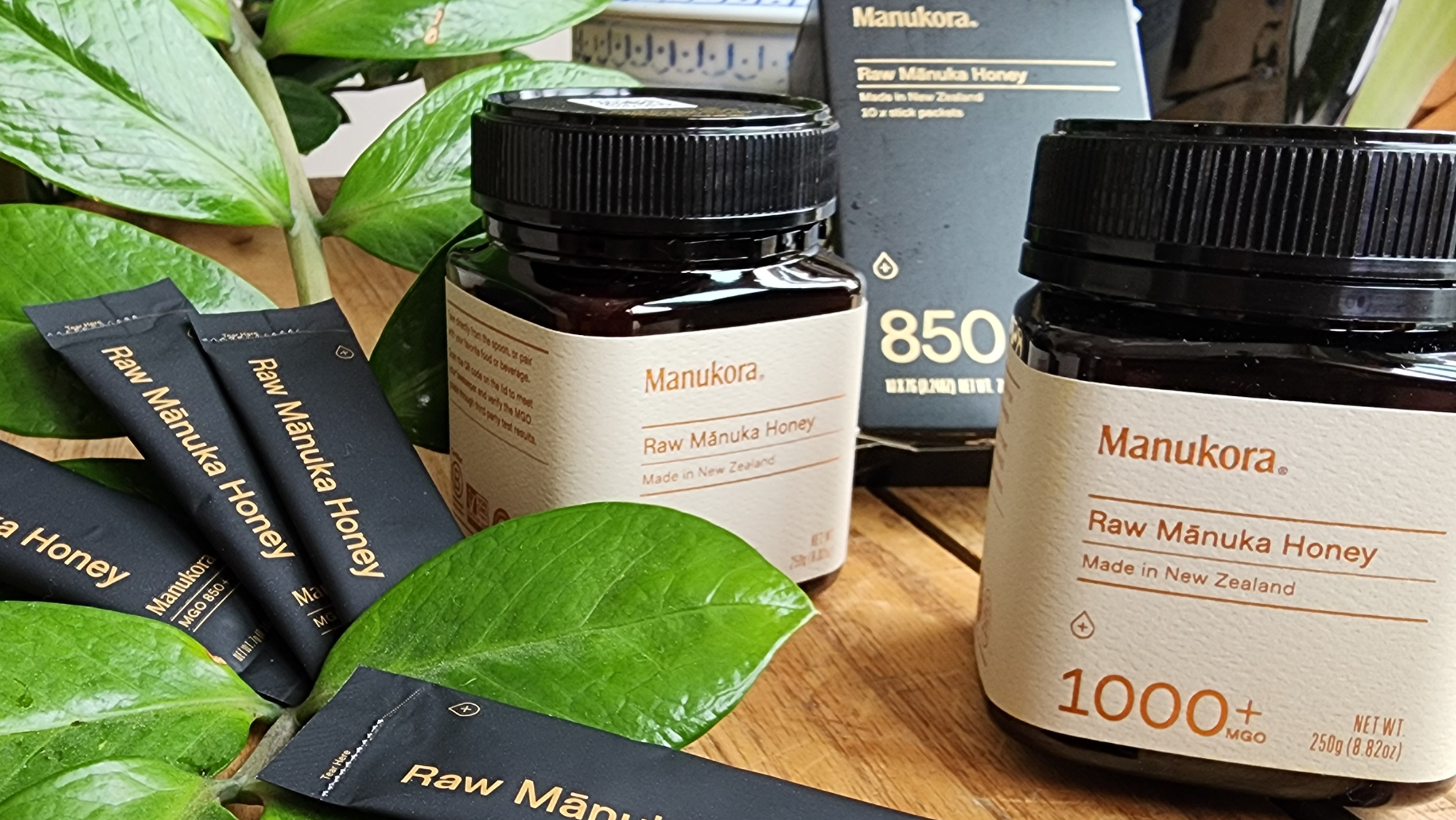Manuka honey, renowned for its unique antibacterial properties, offers a range of creative health uses, from hospital care to daily supplementation. Its efficacy is largely attributed to the presence of Methylglyoxal (MGO), a compound found in high concentrations in Manuka honey.
Bonus, honey lovers will find that Manuka Honey is creamy and almost has a caramel consistency, and the flavor is unmatched.
Hospital Care Applications
Calorie Supplementation: For hospitalized patients, especially those with poor appetites or malabsorption issues, Manuka honey can serve as a readily digestible and energy-dense source of calories. Its natural sugars provide a quick energy boost, and its palatability can encourage intake, aiding in nutritional support and recovery. It can be incorporated into drinks, yogurts, or simply eaten off a spoon. I recently had a family member in the hospital with zero appetite, and I would bring in packets of Manukora Manuka Honey as a healthy calorie supplement. The packet made it easy to eat, it was a tasty treat and the hospital staff thought it was a genius idea. If you know a senior or patient who could use a little extra calorie boost, check out the individual Manuka Honey Packets Here.
Diabetic Wound Treatment: This is one of the most significant hospital applications for Manuka honey. Its efficacy in treating diabetic wounds stems from several mechanisms:
- Antibacterial Action: Diabetic foot ulcers and other wounds are highly susceptible to infection, which can lead to severe complications. Manuka honey, particularly with higher MGO levels, exhibits broad-spectrum antibacterial activity against various pathogens, including antibiotic-resistant strains like MRSA. This helps to prevent and treat infections, creating a cleaner wound environment.
- Anti-inflammatory Properties: Manuka honey can reduce inflammation and swelling in the wound bed, which is crucial for promoting healing.
- Moist Wound Healing: It helps maintain a moist wound environment, preventing the wound from drying out and promoting the natural healing process.
- Debridement: The osmotic effect of honey can help draw out exudate and debris from the wound, aiding in natural debridement.
- Odor Reduction: By combating bacterial growth, Manuka honey can also help reduce unpleasant wound odor.
Benefits of Daily Supplementation
I’ve recently started incorporating Manuka honey into my daily regimen as it can offer several general health benefits:
- Immune System Support: Regular consumption may help support a healthy immune system due to its antibacterial and antioxidant properties, potentially reducing the frequency and severity of common infections like colds and sore throats.
- Digestive Health: Manuka honey has been shown to have pre-biotic properties, potentially promoting the growth of beneficial gut bacteria. It may also help soothe digestive upset and alleviate symptoms of conditions like indigestion and gastritis.
- Sore Throat and Cough Relief: Its thick, viscous texture can coat the throat, providing immediate relief from irritation and coughing. Its antibacterial properties may also help combat the underlying infection.
- Skin Health: Applied topically, Manuka honey can be beneficial for various skin conditions, including acne, eczema, and minor burns, due to its anti-inflammatory and antimicrobial effects.
Why the Amount of MGO Matters
On every quality Manuka honey jar or package, you will see a number and the letters MGO. The “MGO” rating on Manuka honey labels stands for Methylglyoxal, and it is a key indicator of the honey’s antibacterial potency.
Sourced from remote farms and forests in New Zealand, the Manukora Raw Manuka Honey has up to 1000+ MGO. The higher the MGO the better! Higher MGO has the following benefits. Other levels 500 and up are also extremely beneficial:
- Directly Correlated with Antibacterial Activity: Research has firmly established that MGO is the primary compound responsible for Manuka honey’s unique non-peroxide antibacterial activity. Higher MGO levels correlate with stronger antibacterial effects.
- Standardized Measurement: Unlike the older “UMF” (Unique Manuka Factor) rating, which is a proprietary system, MGO provides a direct, quantifiable measure of the active antibacterial component. This allows consumers and medical professionals to choose honey with a specific and reliable level of potency.
- Targeted Use: For therapeutic applications, especially in wound care or for combating specific bacterial infections, a higher MGO rating (e.g., MGO 400+, MGO 550+) is generally recommended. For daily wellness and general immune support, lower MGO levels may suffice.
- Stability: MGO is relatively stable compared to hydrogen peroxide, another antibacterial component found in some honeys, which can degrade with heat and light. This stability ensures the honey’s antibacterial properties are maintained over time.
Manukora Raw Manuka Honey also has a QR code in each lid, so it can be scanned for information on the beekeeper and to verify the 3rd party testing for the MGO. How cool is that!
In summary, Manuka honey offers a versatile and natural approach to health and healing. Its unique MGO content makes it a powerful tool, particularly in clinical settings for wound management, and a beneficial addition to a daily health regimen for overall well-being. The higher the MGO, the greater the antibacterial power, making it crucial to select the appropriate MGO level for the intended use.






